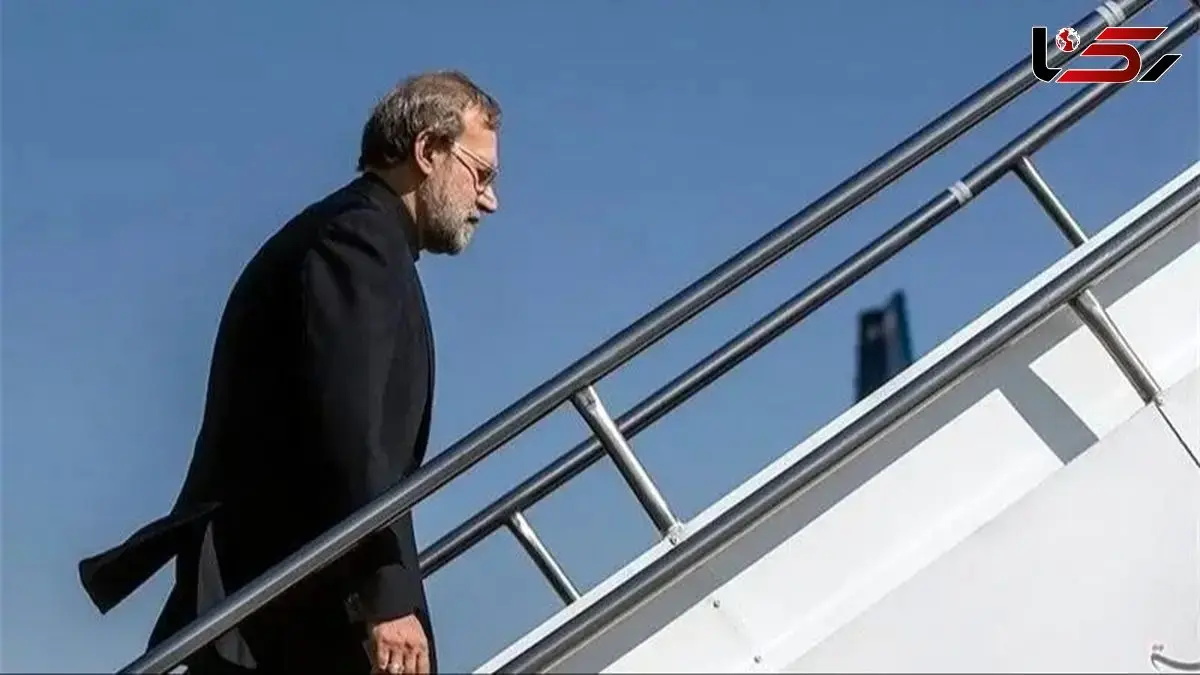Time for Transformation in Iran-Pakistan Relations: The Message of Ali Larijani’s Visit
Rokna Political Desk: Ali Larijani’s trip to Pakistan could mark a turning point in the transformation of Iran-Pakistan relations. Considering the geopolitical importance of Pakistan, the necessity to revisit and draft a new roadmap for bilateral relations is more urgent than ever.

Reza Raeisi wrote in a note: In the early 2010s, during a conversation with a professor of international relations, I emphasized Pakistan’s key role in regional geopolitical equations, introducing it as Iran’s most important neighbor, representing both threats and opportunities for our country’s future. He noted that most of the attention of the diplomatic apparatus and high-level policymakers has been focused on the western borders and the political and security dynamics there, while the strategic eastern region has largely been neglected.
Pakistan is a country whose political identity aligns closely with Iran, bearing the title of the Islamic Republic and being the only Muslim nation with nuclear capabilities in our neighborhood. With a long and rich historical and cultural heritage, including a multi-million-strong Shia population that strengthens religious ties with Iran, Pakistan holds a unique position.
From every perspective, the foundations of bilateral relations are conducive to strategic cooperation and expansion of geopolitical connections, yet the level of relations between the two countries has not fully matched this potential. Developments over the past decade in regional dynamics in West Asia and the Indian subcontinent, along with the emergence of new blocs and movement toward a multipolar world, have made updating, revising, and elevating Iran-Pakistan relations imperative and unavoidable for both nations.
While in past years the rapid pace of developments and frequent shocks drew domestic attention primarily to the western borders, it is now clear that the eastern borders and their latent potential should not be neglected in balancing against external threats.
The key point is that both countries urgently need each other to overcome existing challenges and achieve balance in regional equations. To leverage mutual capacities and benefits, there is no alternative that offers such significant advantages for their national interests. With the persistent escalation of tensions between Pakistan and India, the urgent need for stable energy supply and energy security, alleviating geopolitical constraints, connecting to global corridors, containing India’s influence in Afghanistan, and facilitating the China-to-Europe corridor highlight the strategic importance of relations with Iran for Pakistan.
For Iran, facing renewed maximum pressure from the Trump-era policies, now compounded by the absence of the JCPOA and limited European cooperation, expanding trade and export avenues via Pakistan’s geographic and demographic leverage provides opportunities to circumvent sanctions. Comprehensive diplomatic defense during the 12-day war and Pakistan’s status as a nuclear power have further enabled this country to cooperate with Iran in countering threats.
From every perspective, Iran-Pakistan relations possess abundant potential for elevation far beyond the current level, making such advancement an imperative for the national interests of both nations. It is perhaps in light of this strategic reality that Ali Larijani traveled yesterday to the friendly and brotherly country of Pakistan.
The crucial point, however, is that instead of resorting to diplomatic rhetoric or clichés, this particular moment calls for a focused approach. With careful attention to shared threats and opportunities in bilateral relations, a new roadmap should be drafted, ensuring that potential opportunities are not lost at a minimal cost. It must be acknowledged that relations with Pakistan encompass both threats and opportunities simultaneously.
It is up to us to determine from which perspective, and within what spatial and temporal framework, we engage in these relations. Before taking any action, we must utilize a clear and purposeful strategy to map out the diplomatic roadmap. A simple example is the joint cooperation agreement between Pakistan and Saudi Arabia, which presents both threats and opportunities for Iran.
Send Comments